Category: Virtual Reality
-
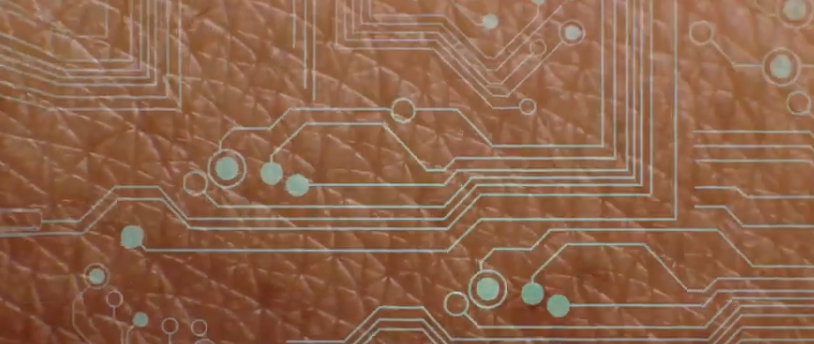
Wireless, wearable sticker adds a sense of touch to VR
John Rogers, Yonggang Huang and Northwestern colleagues have developed an “epidermal VR” system that adds a sense of touch to any virtual reality experience. The device incorporates a distributed array of 32 individually programmable, millimeter-scale actuators, each of which generates a discrete sense of touch at a corresponding location on the skin. Each resonates most strongly…
-

VR + motion capture to study movement, sensory processing, in autism, AD, TBI
MoBi, developed by John Foxe at the University of Rochester, combines VR, EEG, and motion capture sensors to study movement difficulties associated with neurological disorders. According to Foxe, “The MoBI system allows us to get people walking, using their senses, and solving the types of tasks you face every day, all the while measuring brain activity…
-

VR-enhanced molecular simulations
University of Bristol researchers, Oracle and Interactive Scientific have used Oracle’s cloud infrastructure to combine real-time molecular simulations with VR, enabling them to “touch” molecules as they move — highlighting the potential of VR in seeing and manipulating complex 3D structures. The technology could change how drugs are designed, and transform the teaching of chemical…
-

David Axelrod: VR in healthcare & the Stanford Virtual Heart | ApplySci @ Stanford
David Axelrod discussed VR-based learning in healthcare, and the Stanford Virtual Heart, at ApplySci’s recent Wearable Tech + Digital Health + Neurotech conference at Stanford; Join ApplySci at the 9th Wearable Tech + Digital Health + Neurotech Boston conference on September 24, 2018 at the MIT Media Lab. Speakers include: Rudy Tanzi – Mary Lou Jepsen…
-

Walter Greenleaf on medical applications of VR and AR | ApplySci @ Stanford
Walter Greenleaf discussed medical applications of VR and AR technology at ApplySci’s Wearable Tech + Digital Health + Neurotech Silcon Valley conference at Stanford University on February 26-27, 2018: Join ApplySci at the 9th Wearable Tech + Digital Heath + Neurotech Boston conference on September 24, 2018 at the MIT Media Lab
-
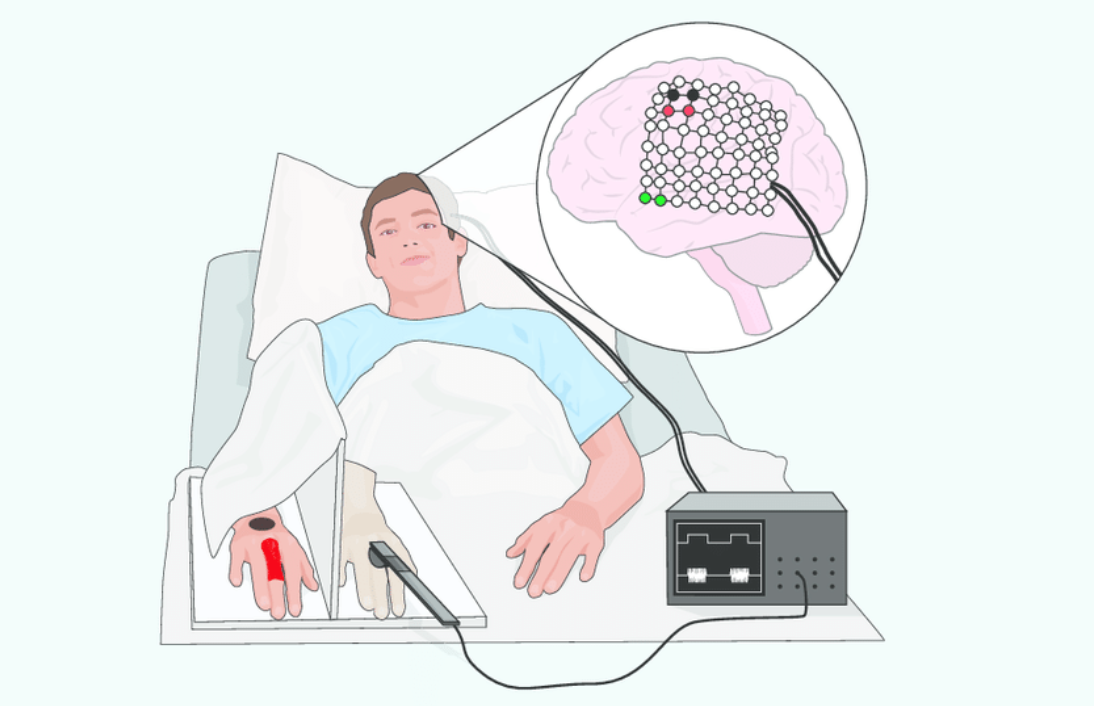
TMS + VR for sensory, motor skill recovery after stroke
EPFL’s Michela Bassolino has used transcranial magnetic stimulation to create hand sensations when combined with VR. By stimulating the motor cortex, subjects’ hand muscles were activated, and involuntary short movements were induced. In a recent study, when subjects observed a virtual hand moving at the same time and in a similar manner to their own…
-
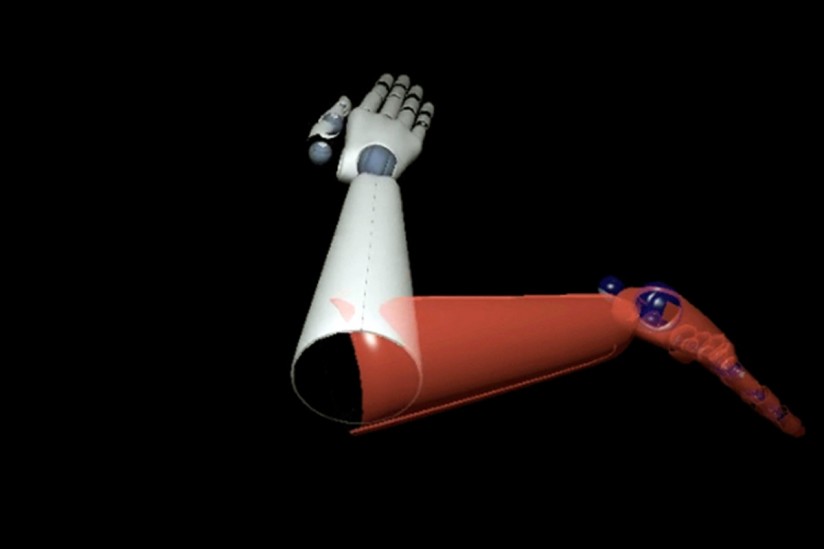
VR + neurofeedback for movement training after stroke
USC’s Sook-Lei Liew is using VR to help motor-impaired stroke patients promote brain plasticity. The goal is to train them to move their limbs again. Her REINVENT study uses BCI to control an avatar. Electrical signatures of brain activity are meaured with EEG, and muscle activity with EMG. When signals in brain or muscle activity that correspond…
-

VR studied for PTSD, phobia treatment
Emory’s Jessica Maples-Keller has published a study demonstrating the effectiveness of VR in treating PTSD, phobias, and other mental illnesses. She describes the treatment as allowing “providers to create computer-generated environments in a controlled setting, which can be used to create a sense of presence and immersion in the feared environment for individuals suffering from anxiety disorders.”…
-
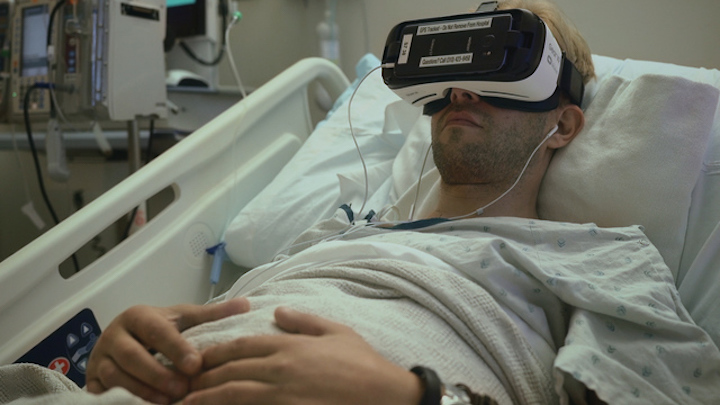
VR therapy could reduce acute and chronic pain
Cedars-Sinai’s Brennan Spiegel has published a study showing that VR therapy could reduce acute and chronic pain. 100 gastrointestinal, cardiac, neurological and post-surgical pain patients with an average pain score of 5.4 were included. Fifty patients watched a 15-minute nature video. Fifty patients watched a 15-minute animated game with VR goggles. The patients who watched…
-
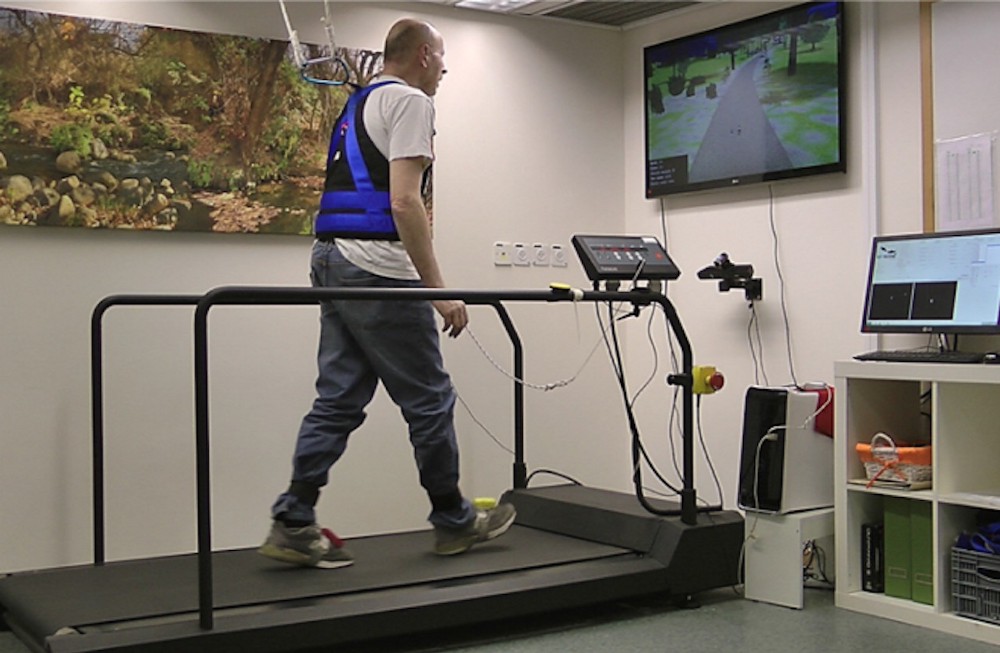
VR training to reduce falls in Parkinson’s, dementia
Tel Aviv University’s Jeff Hausdorff has created a virtual reality treadmill system in an attempt to prevent falls in Parkinson’s and dementia patients. Current interventions focus on improving muscle strength, balance and gait. By integrating motor planning, attention, executive control and judgement training, using VR, therapies can also address the cognitive issues associated with falls. In…
-
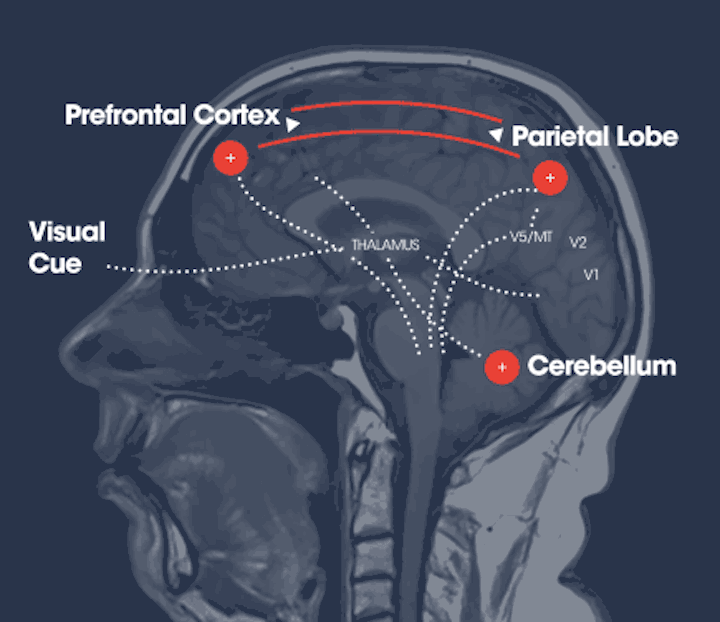
Eye tracking + VR to improve brain injury diagnosis, track recovery
Eye tracking technology, combined with VR, is proliferating, with myriad medical, gaming, and education applications. SyncThink uses eye tracking, built into an Oculus Rift, to detect if a person has the ability to keep the eyes synced with moving objects, to determine brain injury and track recovery. The company has been granted 10 patents, for eye-tracking hardware, and…
-
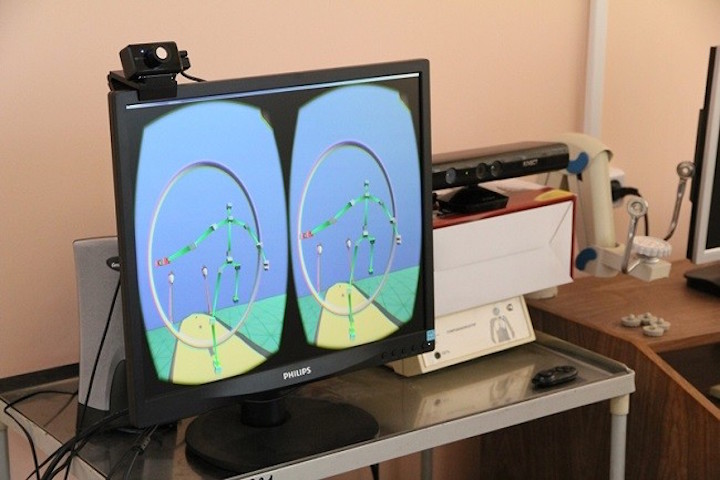
VR for early neurodegenerative disease detection, personalized rehabilitation
Tomsk Polytechnic and Siberian State University scientists David Khachaturyan and Ivan Tolmachov have developed a VR based neurodegenerative disorder diagnosis system. The goal is the early detection and tretment of diseases, including MS and Parkinson’s. The next step is the use of VR systems, like Glass and Kinect, for personalized rehabilitation. 50 subjects, both healthy…